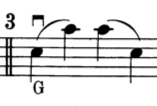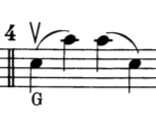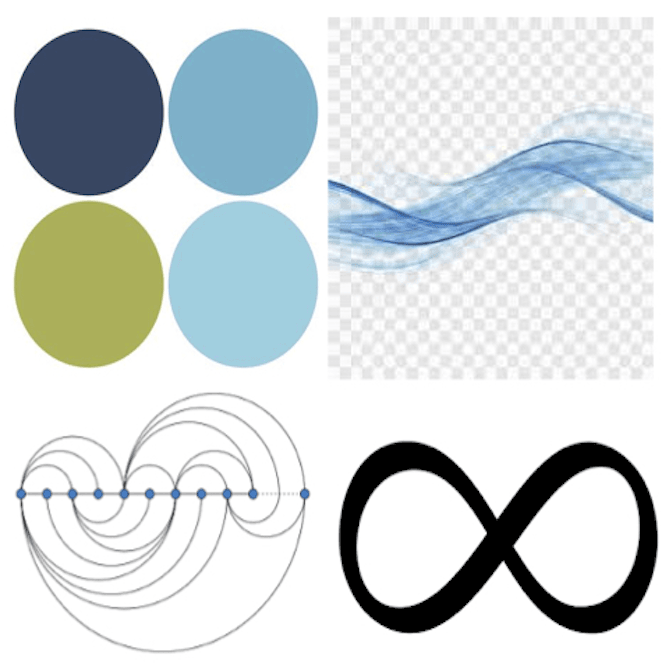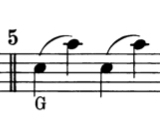In the last lesson I gave Tristan lot of information about the parts of the arm that do the vertical and horizontal motions, and I showed him the four basic bowing figures. In the next lesson I usually ask the students to give me the “lecture” back. In this video, Tristan takes me through all the information from the previous week and he demonstrates all the bowing figures to make sure that he has absorbed all the information.
Notice that I am not talking with Tristan about things like bow changes at this point. I want him to focus on the main issues of the bowing figures, bow angles, left/right motion, etc. Other subtleties will come later. As teachers we always have to pick and choose what the most important issues are when a student is learning something new. Sometimes we need to delay the “secondary” issues, even though we are tempted to bring them up as well. Otherwise a student may feel overloaded with too much new information.
So these are the basic shapes that we use in string crossings. All string crossings are combinations of circles, arcs, figures eights and waves. Even complicated passages from the literature are built from these shapes. In practicing these passages it is sometimes useful to break them down into their component parts in order to make sure that the motions are smooth and connected, and that the correct part of the arm is being used. Here are a few examples from the repertoire:
Here is an example of an Arc motion from the Prokofiev sonata:

When the opening of the first Bach Suite is performed with slurs (stylistic questions aside!) the motion is obviously a wave. The first three notes are played with the upper arm, followed by the wrist (the upper arm remains on the A-D double stop level). For the up bow, the upper arm is again used to go back down to the G-string, followed by the wrist and fingers:

In the Gigue from the Third Suite, the motion involved is a figure eight, which then reverses direction after four measures. The arm is on the G-D double stop level, and the wrist does the string crossings:

In the following example from the Shostokovich Concerto, the circles that are produced reverse direction in every measure:

In this example from the Brahms F-major sonata, the wave motions are produced by the wrist and fingers throughout because it is so fast.

These are just a few examples from the literature. Every passage involving string crossings is different, but it is helpful to analyze the underlying bowing figures involved and to practice them slowly.
So, back to Tristan. Now we are ready to start the variations on this page.
Variations #1, #2, and #3



These variations require use of the full bow, the upper arm, and left/right motion. The first variation involves the Figure Eight, the second variation is an Arc, and the third is a faster version of an Arc with the upper arm.
Variation #4:

This variation is the reverse Arc from variation #3, but it is a bit more complicated because one has to be aware of the string crossing motion coming from the upper arm. At first students will often try to make the motion from the lower arm. This may seem to be more “efficient” but it is problematic in that the elbow joint does not move up and down, and repeated motions will ultimately cause problems such as “tennis elbow” or tendonitis. I asked Tristan to work on this again during the week, and he came back to the next lesson with it much better. However, this is still a “work in progress” and as a teacher I have to be vigilant in watching how students do this motion.
Variation #5:
This variation is the Figure Eight, and it presents a similar problem as the Variation #4. Cellists must make sure that the string crossing is happening with the upper arm (not the lower arm!), in order to avoid tension and prevent eventual issues such as tendonitis.
Today we saw some variations with the Arc and the Figure Eight. Next week’s Blog will continue with Waves and Circles, and other variations will add detaché to the mix.
*If you have questions or comments about The Joy of Feuillard, Dr. Robert Jesselson can be reached directly at rjesselson@mozart.sc.edu.















